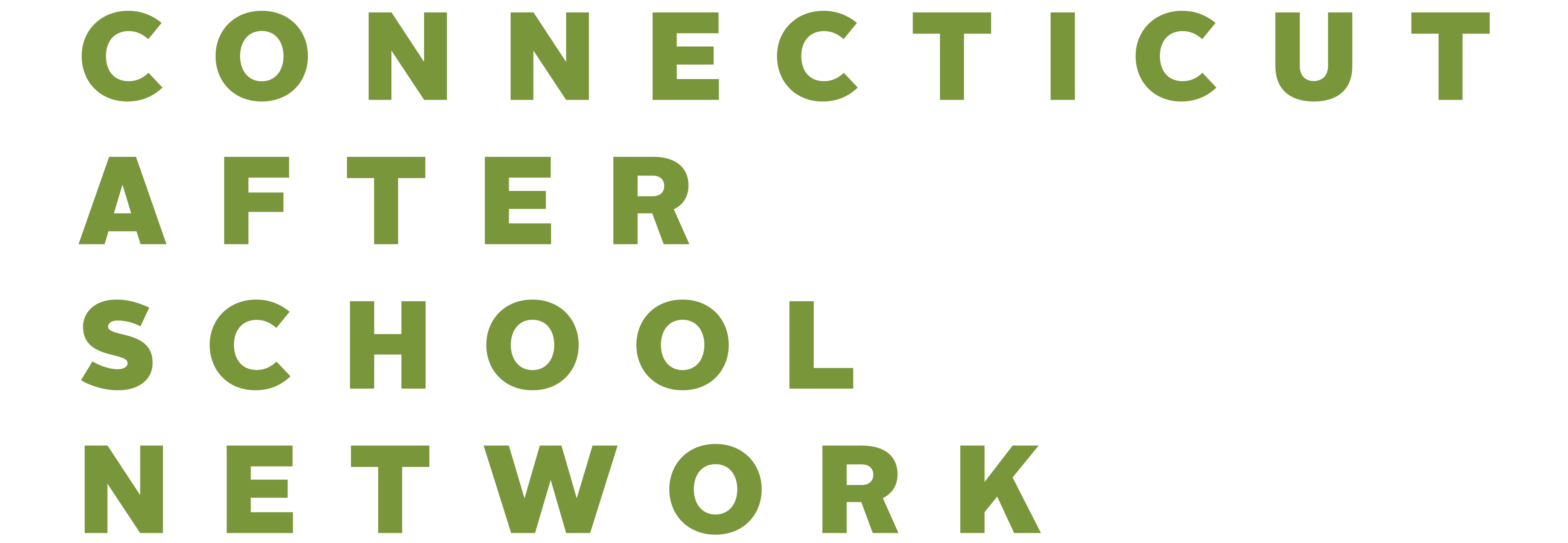This is the first of a biweekly series about “The Business of Before and After School.” Look for other posts on this topic by selecting Business from the category list below right.
Collaboration is the name of the game today! Working with School Districts and other community organizations can produce great outcomes, especially for all the children involved.
Unless you are one of the very lucky afterschool programs operating in your own space, collaboration for you most likely starts with the sharing of school buildings, recreation centers, churches and other community spaces each and every day. Just this act alone requires open lines of communication and active coordination. Even then however, you may be faced with the rogue Girl Scout Troop showing up in the cafeteria at 4:30 to distribute their annual cookies—displacing your program for the rest of the afternoon. Oh-no, what to do?
This is the point when you can choose to relocate your program to the hallway or you could collaborate with the Troop and assist in moving boxes and distributing the cookies. You never know, your collaboration with the Troop may come in handy at a future large event that you host, when the Troop could support your event assisting with set-up and take-down as a community service project, saving you time and money. Collaboration in this case would be mutually beneficial. In other cases however, collaboration may have even greater beneficial value, such as the connection between Schools and Afterschool.
Working with your school system to better facilitate open lines of communication between teachers, other school officials, and afterschool providers on the daily educational needs and important “life” issues of children can payoff in multiple ways. One immediate positive result of good collaboration between school and afterschool is the opportunity for students to do homework, especially those who are having difficulty in school. Most afterschool programs provide “homework time” and with improved school/afterschool collaboration, afterschool providers can encourage these specific children to work on their homework (or in many cases just read more!) during these times. The simple act of a Third grade teacher mentioning to the afterschool supervisor at transition time that it might be a good idea for Tommy to study for a spelling test tomorrow, may make the difference between Tommy passing and failing. The benefits of this type of improved school/afterschool communication for children with special needs can be of even greater impact. For example, a child who may be having difficulty with speech development during the school day, may be encouraged to spend more time in the dramatic play area of the afterschool program with other age appropriate children. One can see how many connections can be made between the two organizations to support a child’s learning and development.
Another area in which to work with school districts is creating a seamless transition from the school day to the afterschool program. This act in itself will support the schools efforts for an orderly, safe dismissal, and it will create a less stressful transition for the participants of afterschool programs (it is easier to manage and run successful programs if kids are calm and happy, rather than rushed and stressed out).
Collaboration for many organizations today, especially in this economic climate, may be the only way that an afterschool program can operate financially. In many cases afterschool programs rely on in-kind services (donations) from other organizations to remain open. The most common types of donations are: free rent, electricity, heat, and water. Many organizations are supporting one another, and in some cases in new and creative ways such as administrative support and co-op purchasing of common supplies. The difference between collaborating or not collaborating with schools and other community organizations in these instances may be the difference between being able to keep your doors open or having to close up shop.
The following are some thoughts on how to work with school districts and other community organizations:
- Good communication is key! When partnering with another organization on a project, make sure that you are realistic about what your organization is committing to do (what your part will be), and make sure you clearly understand what the other organization(s) are saying they will be doing. This way all players will have realistic expectations.
- Stay open and positive to calls for your organization’s support. You never know when you may need to call in the favor!
- Schools need Afterschool as much as Afterschool needs Schools. Always strive to strengthen this relationship as all parties will benefit.
- Collaboration greatly increases your resources and in some cases can make or break a program.
- Collaboration exposes schools and other community organizations to all the great things you are doing afterschool
How much and who you collaborate with, may make the difference between meeting and not meeting your mission this year.
Vince LaFontan has worked in the after school field, and as a consultant to youth-serving organizations, for 20 years. Currently he is the Director of Farmington Extended Care & Learning in Farmington, CT , a Board Member of the Connecticut After School Network, and Vice Chair of the National AfterSchool Association’s Board of Directors in Washington, DC.


